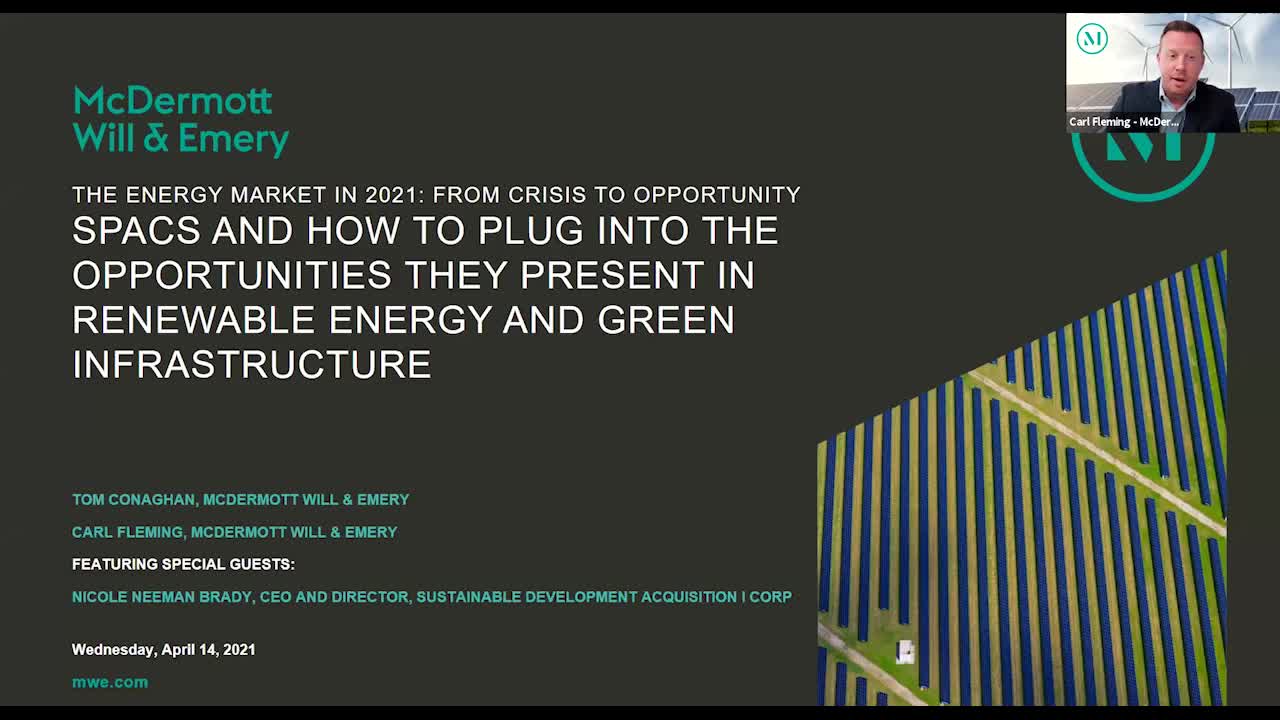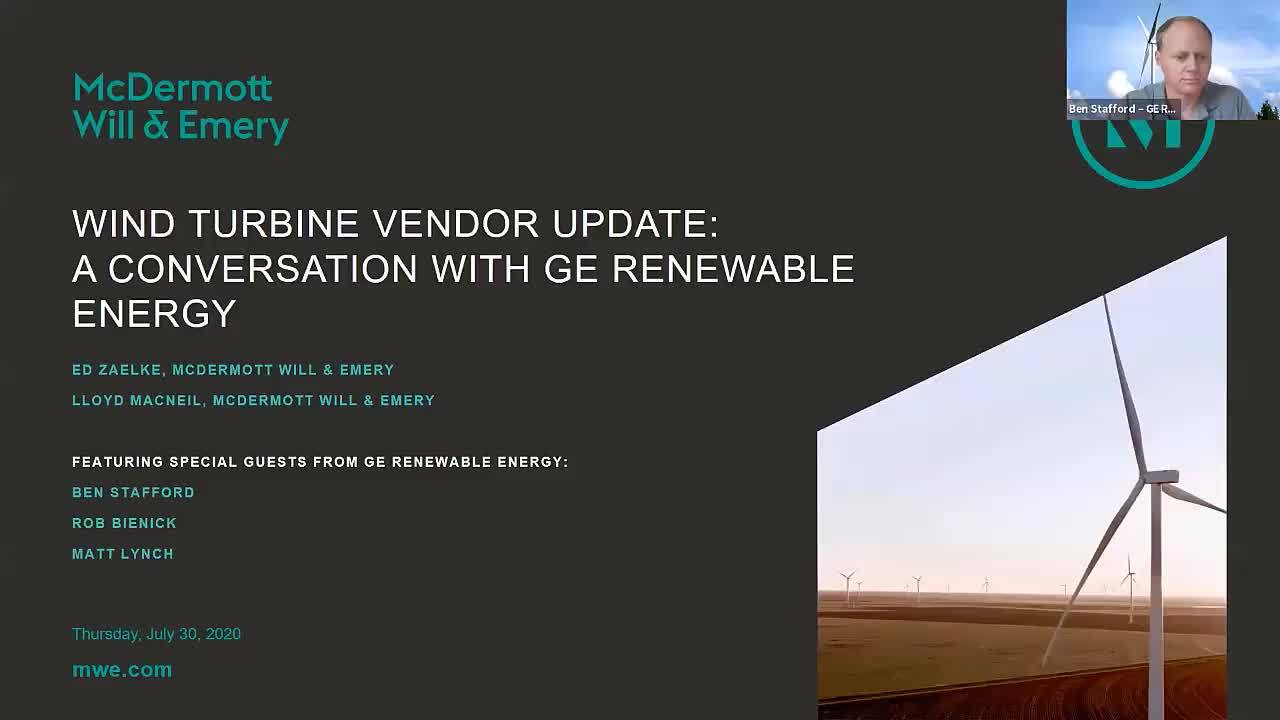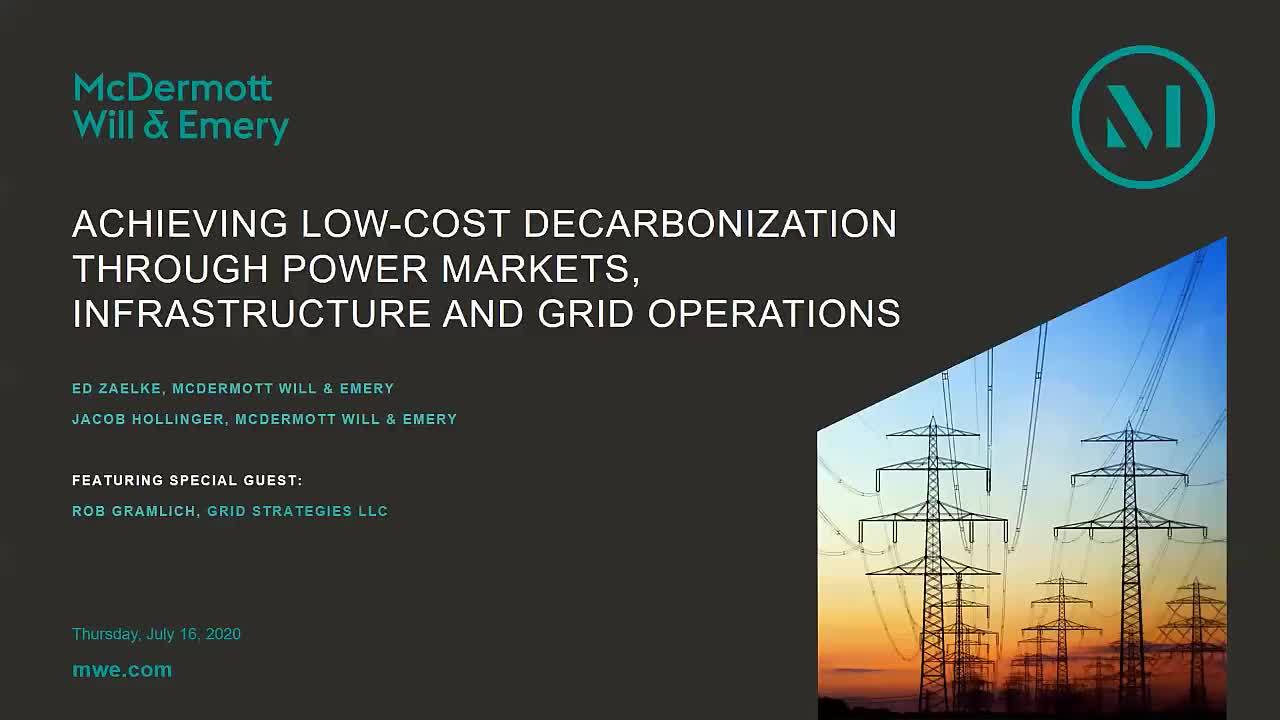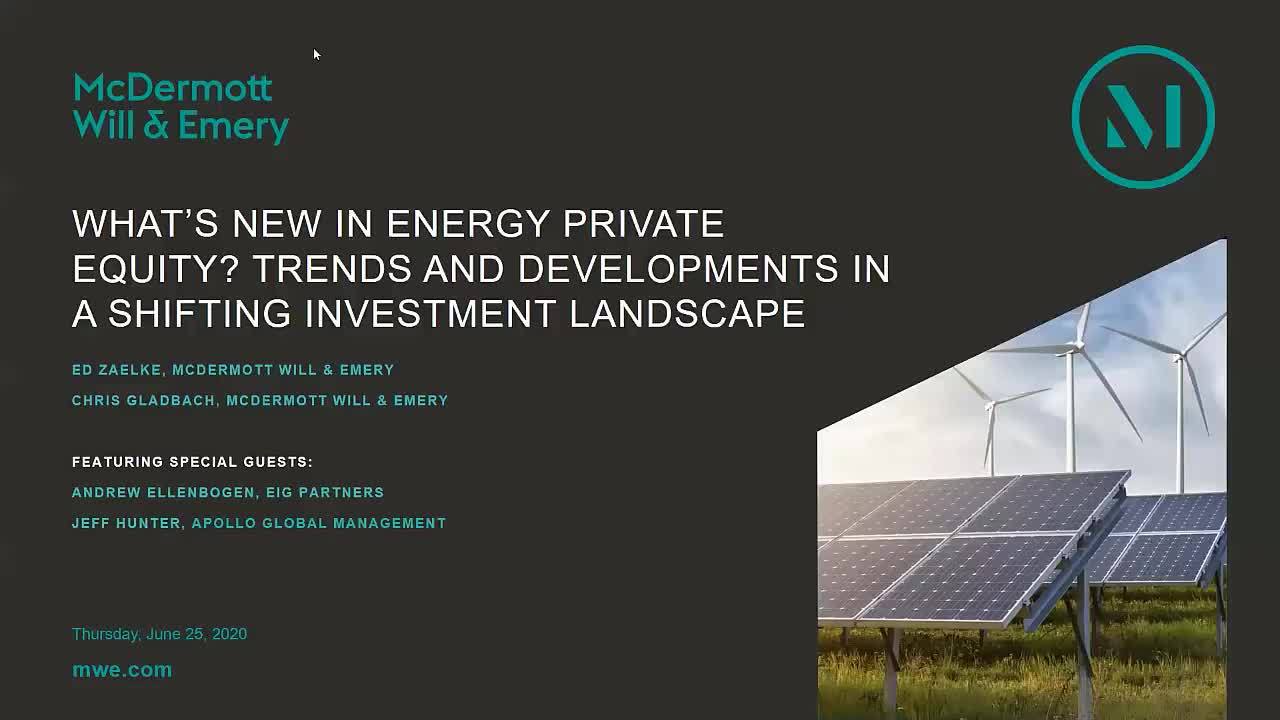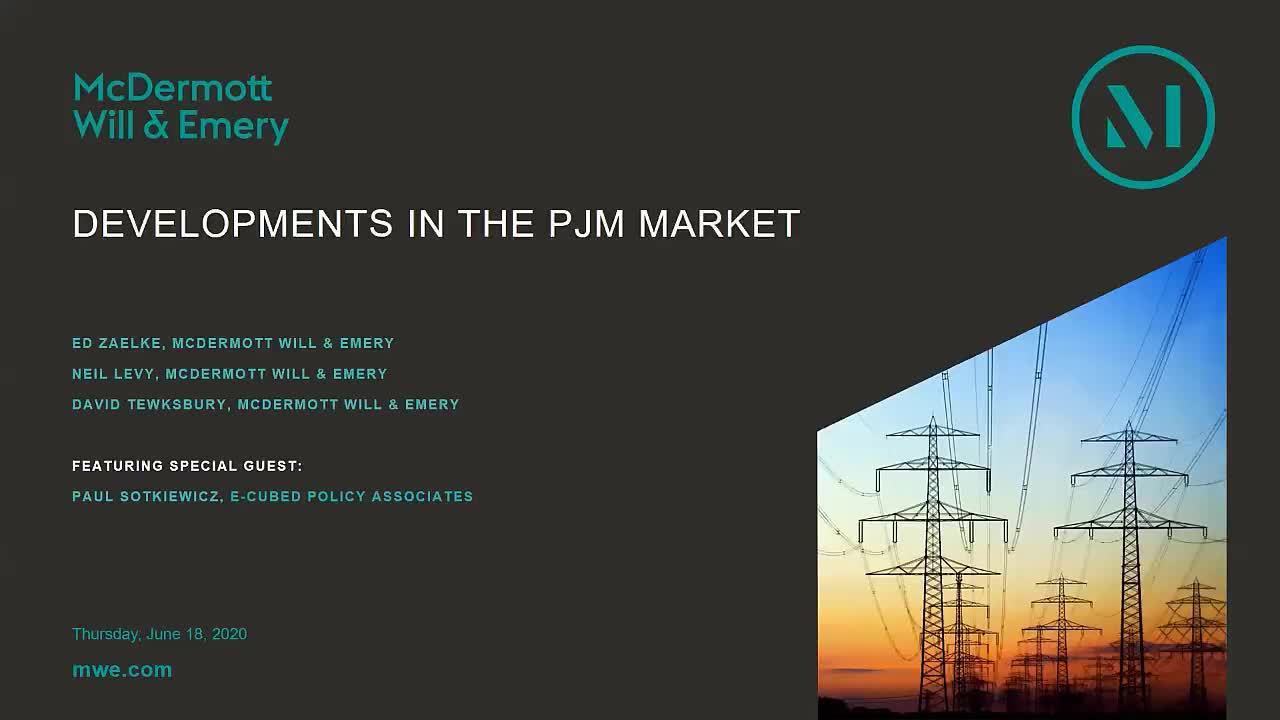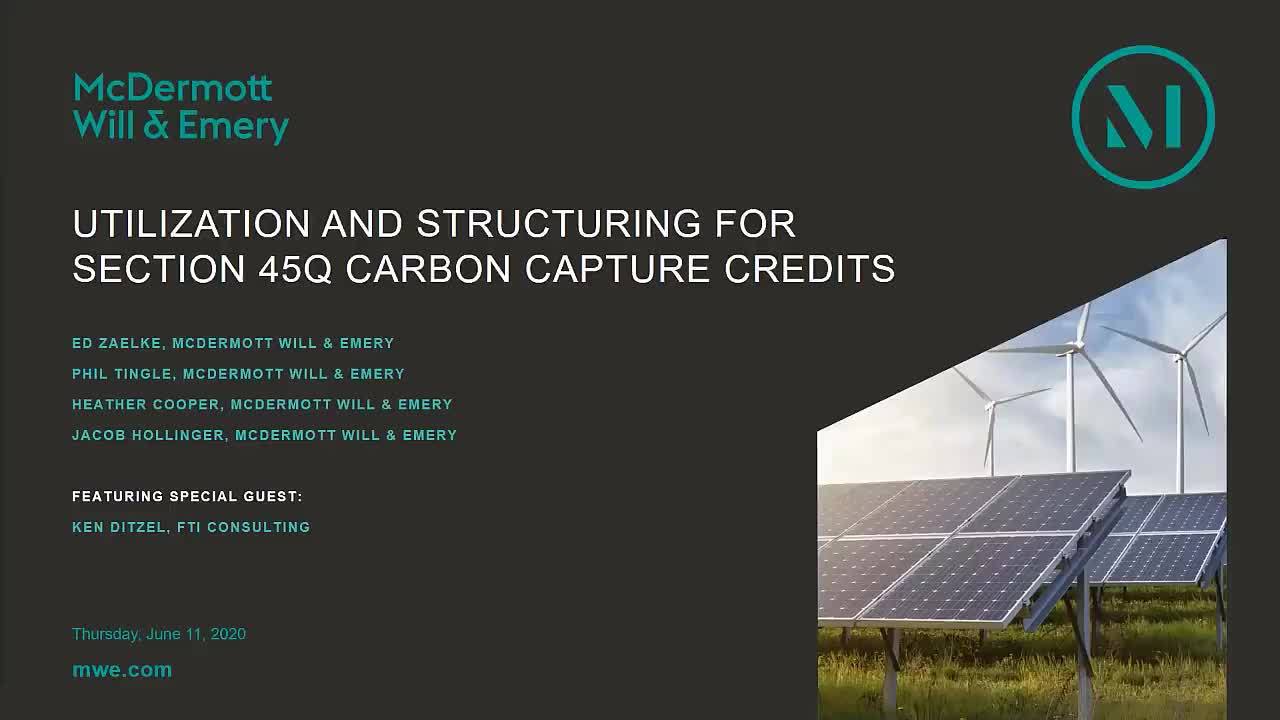2030 is the new 2050 as US President Joe Biden has officially set a new goal for fighting climate change over the next decade in the United States. At the Leaders Climate Summit (the Summit) on Earth Day, he announced that America would aim to cut its greenhouse gas emissions at least 50% below its 2005 levels by 2030. If successful, this transition would lead to a very different America and would affect virtually every corner of the nation’s economy, including the way Americans get to work, the sources from which we heat and cool our homes, the manner in which we operate our factories, the business models driving our corporations and the economic factors driving our banking and investment industries. The effectiveness of this transition lies in the administration’s ability to pull on two historically powerful levers: Tax policy and infrastructure funding. However, tax policy will call upon multiple sublevers, such as increased tax rates, expanded tax credits, refundability, carbon capture, offshore wind, storage, transmission and infrastructure investment. All of this will be bolstered by the American corporate sector’s insatiable appetite for environmental, sustainability and governance (ESG) goal investment.
QUICK TAKEAWAYS
There were six key announcements at the Summit for renewables developers, investors and corporates to take note:
- The United States’ commitment to reduce its greenhouse gas emissions by 50% – 52% below its 2005 emissions levels by 2030
- The United States’ economy to reach net-zero emissions by no later than 2050
- The United States to double the annual climate-related financing it provides to developing countries by 2024
- The United States to spend $15 billion to install 500,000 electric vehicle charging stations along roads, parking lots and apartment buildings
- A national goal to cut the price of solar and battery cell prices in half
- A national goal to reduce the cost of hydrogen energy by 80%
President Biden’s goals are ambitious. It is clear from the history of renewable incentives in the United States as well as current developments that moving forward, the green agenda will predominately rely on two primary levers being pulled at the federal level: Tax policy and infrastructure funding. The federal tax levers mentioned above will not be pulled in a vacuum. Instead, they will be pulled in the midst of a tectonic shift among individual investors that now demand that institutional investors and corporations begin to create and meet ESG goals as individual customers are beginning to take a corporation’s climate goals and footprint into account when making purchasing decisions.
As a result, we discuss the following areas in greater detail below:
- Tax policy
- increased tax rates
- expanded tax credits
- refundability
- carbon capture
- offshore wind
- storage
- transmission
- Infrastructure bill
- ESG environment
DEEPER DIVE: BREAKING DOWN EACH LEVER AS WELL AS ITS OPPORTUNITIES AND CHALLENGES
- Tax Policy: The consistent message from the Biden Administration, at the Summit and elsewhere, makes clear that tax policy will likely play a significant role in the administration’s ambitious climate agenda. At [...]
Continue Reading
read more

 Subscribe
Subscribe